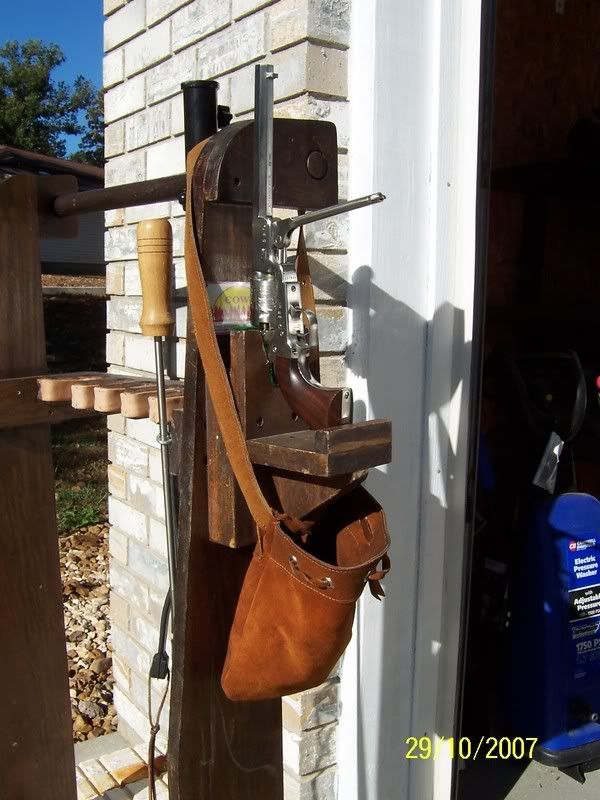If you're so inclined, you can try putting together your own paper cartridges for them. That's what the Colt, Remington, etc. factories used to sell in the War Between the States period. They generally used conical bullets in these, but I've found that one can use RB's just as easily.
I used cigarette papers, but Dixie Gun Works used to have an instruction sheet and materials list on making your own period-correct nitrated paper for the more anal of the "Authenticity Uber Alles" types.
When treated felt wads started becoming more easily available commercially (you used to have to make your own, which was messy and tedious) I started adding one between the powder charge and the ball/bullet on mine.
These do work to speed the reloading process a bit, but they're relatively fragile (mostly a storage and transport issue) and IMO I ended up spending whatever time I thought I was "saving", and probably a bit more, putting them together.
As I shoot my C&B revolvers primarily for grins and relaxation, I finally went back to just using a flask for reloading. Nobody's very likely to be shooting back at me at our range, and I've found other ways to spend my spare time that I enjoy more.
YMMV.

